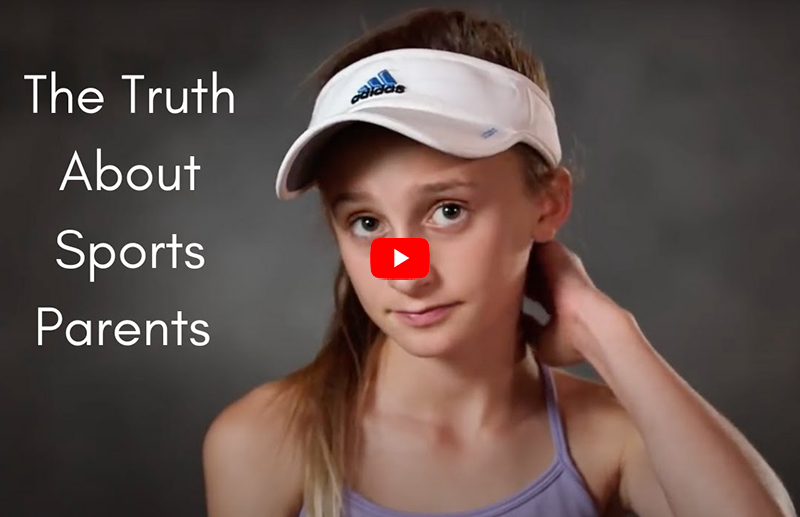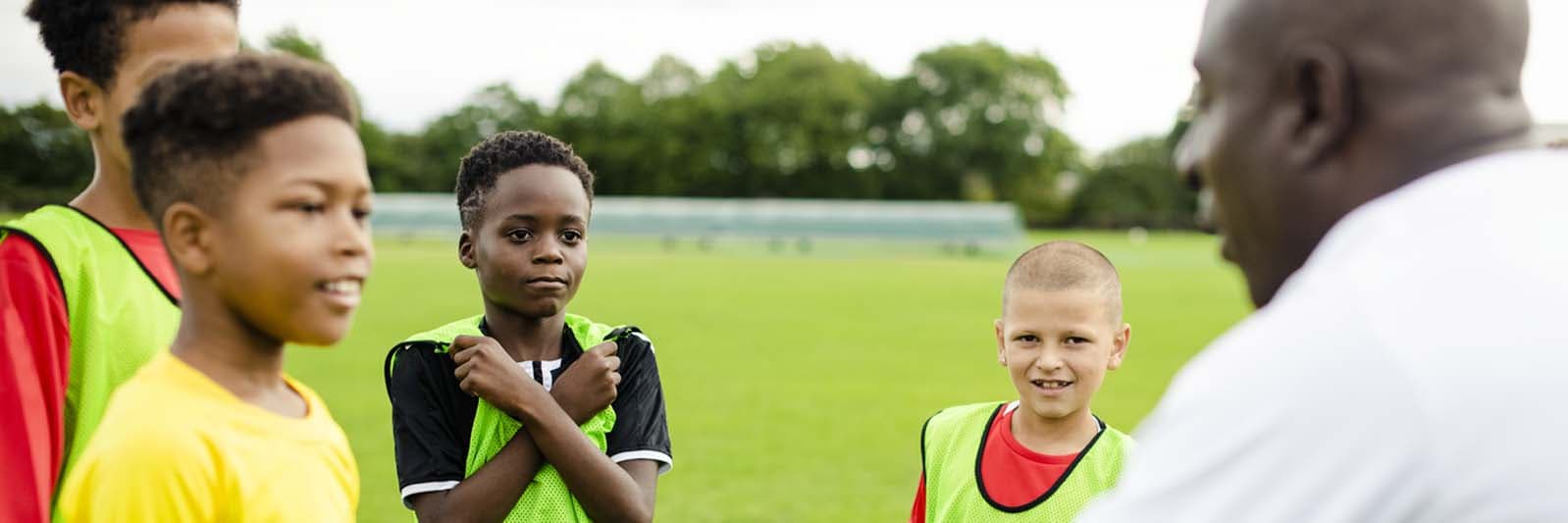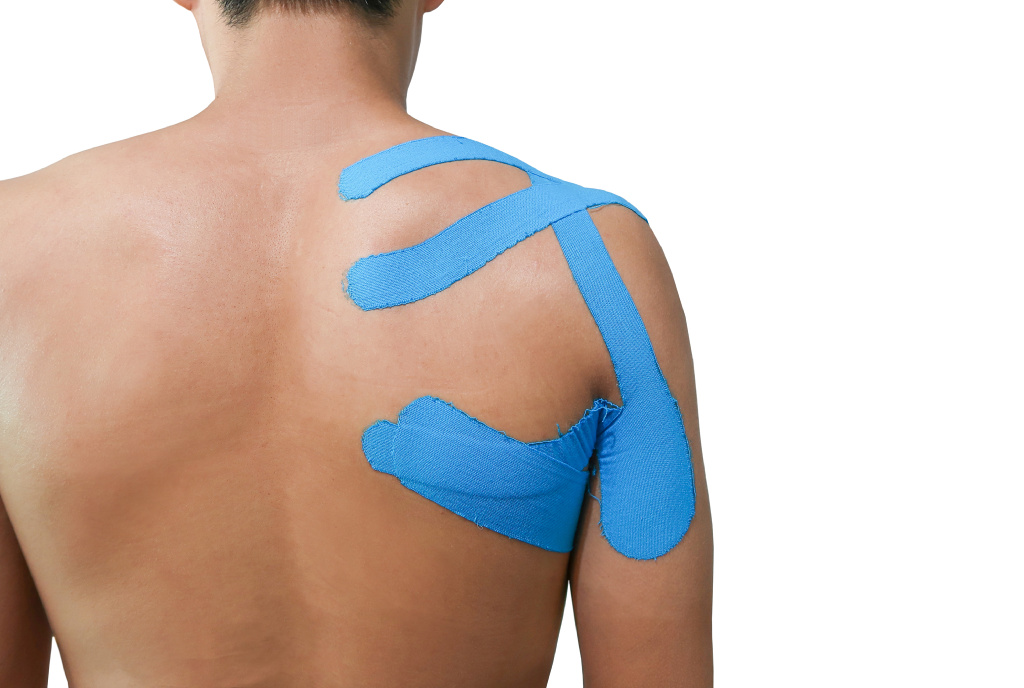
Will K-Tape help your athlete?
By Guest Contributor, Michelle Berkley
It’s impossible to watch a televised sporting event and not see k-tape everywhere. These often colorful strips of elastic tape can be seen covering a wide range of body parts on some of the most famous athletes in the world. And it’s made its way from collegiate, pro, and Olympic athletes down to the youth ranks and across soccer fields and gymnasiums all over the world. So why then do some experts call it a placebo effect (WebMD), while other scientific studies report an actual reduction in pain (Journal of Pain), and is it something your young athlete would benefit from?
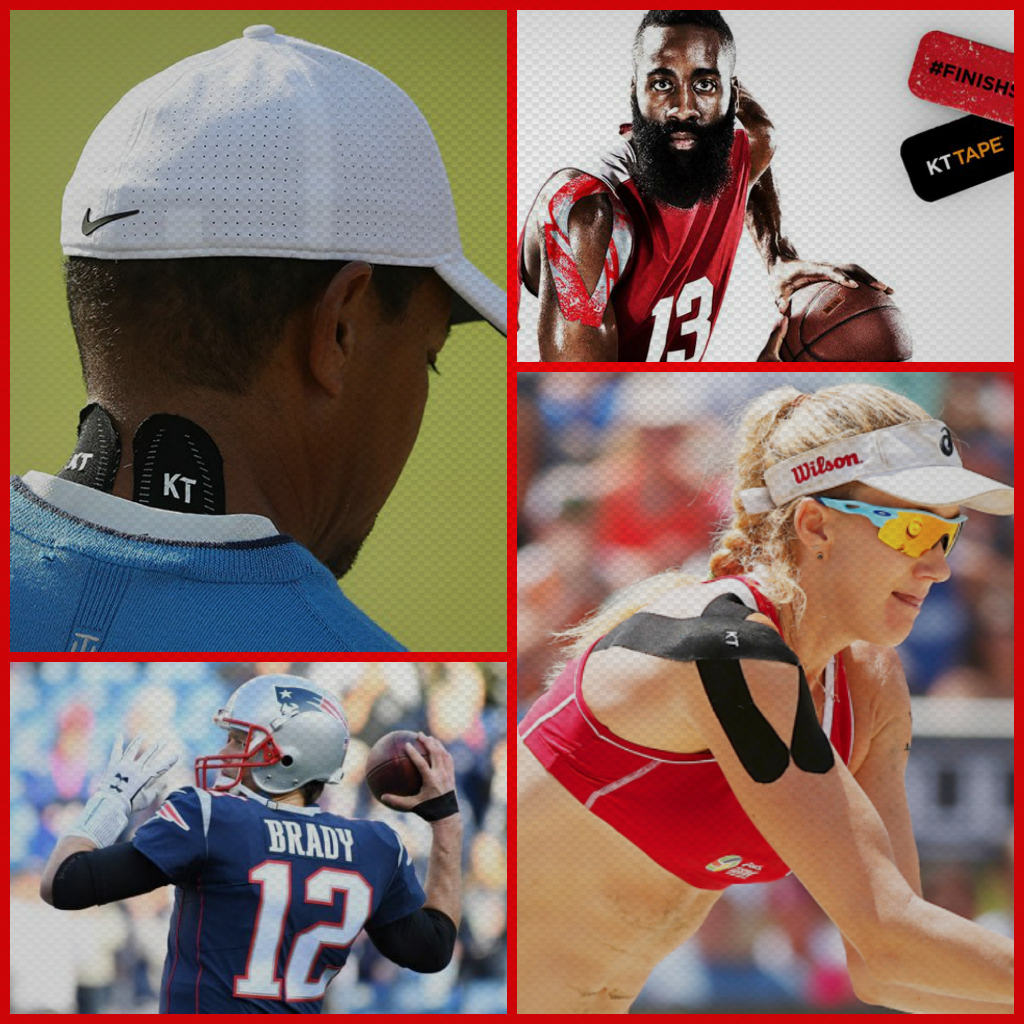
What Does K-Tape Do?
Kinesiology tape, or k-tape as it is commonly known, originated from the work of Japanese chiropractor Dr. Kenzo Kase in the 1970s as “a way to facilitate the body’s natural healing process.” It’s widely used today to reduce pain and inflammation, help with range of motion, and relax and activate muscles. Not too long ago, I read the book Kinesiology Taping: The Essential Step-by-Step Guide (Langendoen and Sertel), and since then, I have been intrigued by the idea that something as simple, low-cost and drug-free as a strip of elastic tape applied to the skin could accomplish all of this.
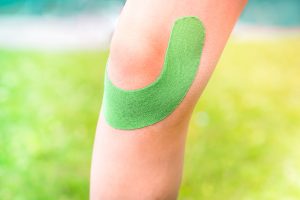
I Tested It On My Own Kids
Immediately after taping, both kids reported zero pain and played their entire games
Over the course of a few days this fall, both of my kids had complaints that allowed me to test K-tape myself – my daughter, a soccer player, was having discomfort above her heal on one leg that flared only when running, and my son said his ankle was tender after he tweaked it running through first base during a baseball game. We identified my daughter’s pain as coming from her Achilles tendon, and we were able to find step-by-step taping instructions online and followed the same process for overall ankle stability for my son. Immediately after taping, both kids reported zero pain and were able to play all their games.
Many people confuse K-Tape with typical athletic tape, but they are quite different in many ways. Athletic tape is used for support and to limit motion, while kinesiology tape is used to facilitate motion and inhibit pain and spasms. Kinesiology tape is a flexible material that moves when you move, while athletic tape is designed to limit movement. Kinesiology tape increases circulation, whereas athletic tape decreases it.
Is It Safe?
Even as I tested the tapes on my own kids, I was curious to learn more, so I reached out to Bill Kempe, DC, ACP, Sports Therapy and Rehab Director at Airrosti Rehab Center in Alexandria, VA. Dr. Kempe reassured me that “yes, k-tape is safe for use on youth athletes” and “is helpful in a whole host of soft tissue-related injuries. Sprains, strains, acute and overuse injuries can all benefit from the application of k-tape.” Dr. Kempe explained how the tape might have helped my kids, who were both experiencing fairly mild pain. “The application of the k-tape is a constant input to your nervous system that you’re being touched and diminishes the painful symptoms in the area,” similar to how rubbing an area of pain overloads the nervous system with the sensation of touch, thereby diminishing the sensation of pain. “When you are experiencing less pain, you are able to move more fluidly and smoothly, therefore allowing any injured tissues to resolve at a faster rate.” In addition, “the ridges on the underside of the tape help to lift up the top layer of the dermis to allow for increased blood flow to the area to assist with the healing process. This not only improves circulation to the area but reduces swelling and bruising after an acute injury.”
Once the presence of a more significant injury has been ruled out, parents and athletes can feel more confident about the appropriate application of K-tape.
However, Dr. Kempe cautions that K-tape is not a long-term fix or a cure-all, and although it is appropriate for mild to moderate injuries, it should be used AFTER more serious injuries have been ruled out and in conjunction with other treatment methods. “The application of k-tape would be inappropriate in the presence of a significant tear, fracture, dislocation, etc. If an athlete, young or old, is experiencing an injury, the first step is to undergo a thorough orthopedic and diagnostic evaluation to either rule in/out something more sinister or significant. Once the presence of a more significant injury has been ruled out, parents and athletes can feel more confident about the appropriate application of K-tape.” In addition, k-tape should not be applied over an open wound or scab and caution should be exercised in using k-tape among patients with latex or adhesive allergies.
We asked Dr. Kempe how kinesiology-taping works from a scientific standpoint. Dr. Kempe: There are a lot of proposed mechanisms for how K-tape works, but the most heavily supported is improved proprioceptive feedback. The surface of the skin is chock full of nerve endings and plays a significant part in how we move and function. Our brain is continuously collecting data on position, speed, angle, force, etc. measurements all over our body. All of this data input helps create better functional output and the body can move in a highly coordinated fashion. When an injury, imbalance, or dysfunction occurs, the fluidity of our movement is hindered, and we often receive poor proprioceptive feedback. By applying the tape to the skin, our brain is able to gather more data from the nerve endings in the area and provide better information output to our active muscles and tendons to support our movements. Better information in, better performance out.
Which One Should I Buy?
There are a lot of different brands of K-tape available. They vary in elasticity, adhesive quality, durability, etc. Dr. Kempe suggests finding a tape that fits your budget and is easy to work with. Some of the more well-known and widely applied tapes include Rocktape, KT-Tape, and Spidertech. There are several brands that offer pre-cut strips, but generally speaking, Dr. Kempe has found better success with the large rolls of tape that need to be cut-to-size, so you can be more specific to the size and shape of the athlete.
It’s more scientific than, say, kissing our child’s pain away, and the evidence is clearly mixed. But after my own first-hand experiment with my kids, I’m stocking up on K-tape, as I prefer the least costly, least invasive, most natural way to help my kids handle injury and pain.
(ILTWYP participates in the Amazon Affiliate Link advertising program and will receive a small percentage of any items purchased)

Michelle Berkley is a health coach, NASM-certified personal Trainer and Youth Exercise Specialist, ACE Fitness Nutrition Specialist, and mom to two kids who play a variety of youth sports.








